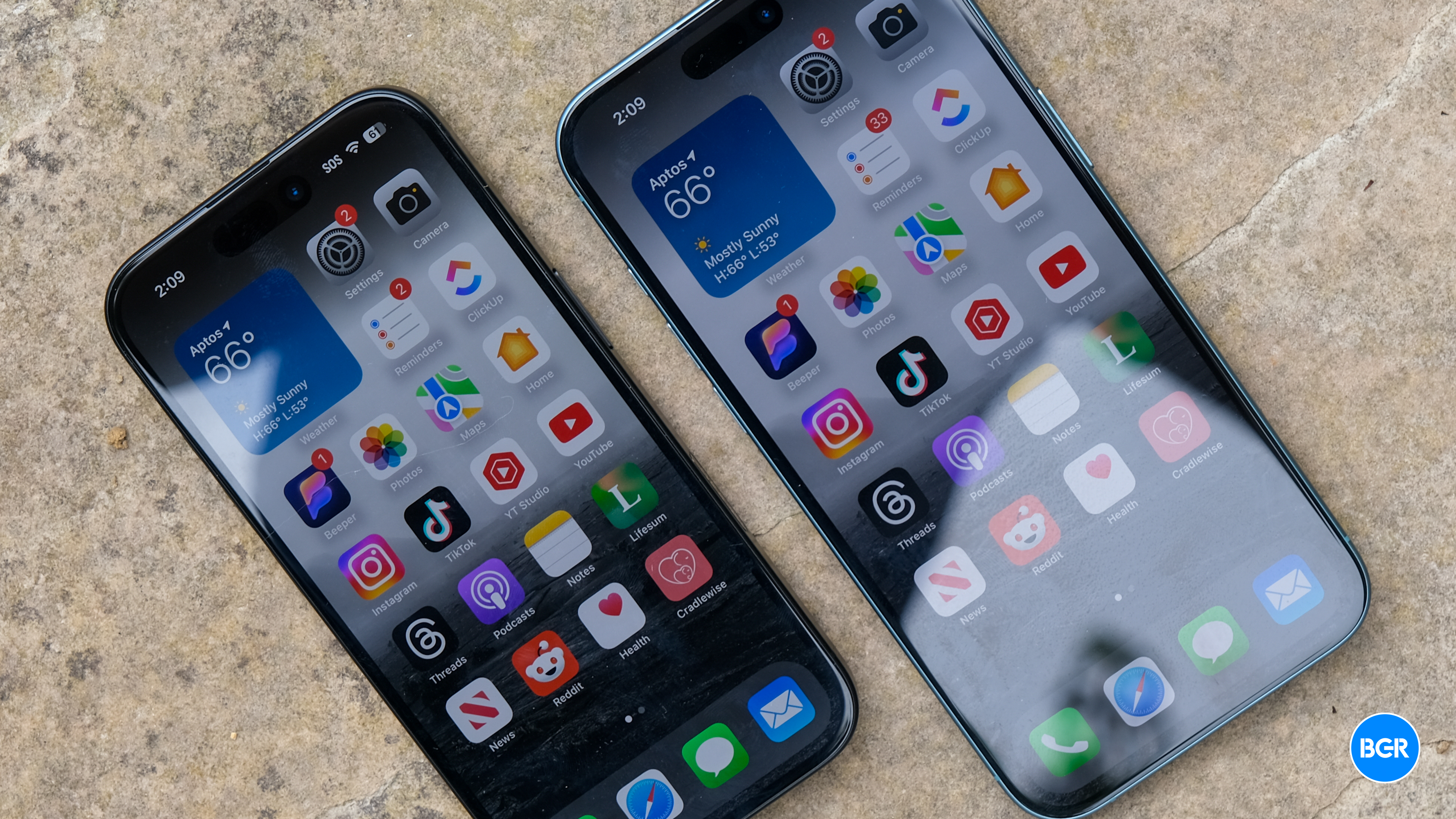A BIBLICAL-era bronze sword linked to a powerful ancient Egyptian Pharaoh has been discovered at 3,000-year-old army barracks.
A team of archaeologists digging up the ancient fort discovered the shimmering bronze blade at the Tell Al-Abqain site in Egypt.
7

7

7
The ancient blade featured an ornamental cartouche and the personal emblem used by the Great Pharaoh Ramses II.
The insignia was still visible, despite the layers of rust and grime accumulated over millennia.
The sword of the most powerful Pharaoh of the era had been lost more than 3,000 years ago after it was set down in a mud hut somewhere in the Nile Delta.
The bronze-aged weapon was uncovered among the ruins of an ancient military fort in a city just south of Alexandria, which featured barracks for soldiers and storage rooms for food, weapons and other goods.
It is thought the barracks once used to be home to warriors.
Carvings found inside the structures record the feats of charioteers and other soldiers who fought for him.
These discoveries were made during ongoing excavations at the Tell Al-Abqain site in the Hosh Issa district of Beheira Governorate.
Most likely the ancient blade did not belong to the famous king, but likely to one of his soldiers stationed at the fort, experts said.
Elizabeth Frood, an Oxford University Egyptologist not involved in the dig, told The Washington Post: “An object to bear the cartouches of Rameses II would suggest to me that it belonged to someone of relatively high rank.
“To be able to display such an object, even though it would have been presumably in a scabbard, was a marker of status and prestige.”
Great Pharaoh King Ramses II
KING Ramses II was the longest-serving king of ancient Egypt.
He belonged to the 19th Dynasty that ruled between 1295–1189 BC.
Known for his military expertise, King Ramses II expanded military power to protect Egypt’s orders while building a series of outposts on several frontiers.
He is also widely considered one of ancient Egypt’s most successful warrior pharaohs, conducting no fewer than 15 military campaigns, all resulting in victories
He invaded the Hittite empire before being fought to a standstill in present-day Syria.
In addition to the barracks, numerous artefacts and personal items belonging to soldiers were unearthed.
Dr. Mohamed Ismail Khaled, Secretary-General of the Supreme Council of Antiquities, highlighted the significance of this discovery.
He said: ” It confirms the historical and archaeological importance of the Abqain Fort.
“This fort served as one of the ancient Egyptian army’s key military outposts along the western military road, protecting Egypt’s northwestern borders from invasions by Libyan tribes and Sea Peoples.”
Archaeologists also discovered a treasure trove of ancient wonders, including jewellery, scarabs and protective amulets.
The tourism ministry added: “In addition to the barracks, numerous artefacts and personal items belonging to soldiers were unearthed.
“[These] artefacts provide insight into the daily lives, religious beliefs, and of the fort’s occupants.”
Experts also found materials used in ancient Egypt with carvings revealing the names of Amun, the sky god and Ptah, the god of creation.
Ramses II ruled from 1279 to 1213BC, was known for his military power and strategic genius, leading an army of around 100,000 men strong.
The powerful ruler is believed to be the Pharaoh who exiled Moses in the Book of Exodus.
Meanwhile, incredible pictures have revealed the world’s biggest museum set to display more than 100,000 ancient antiquities – including secret remains from King Tutankhamun’s tomb.
Built against the backdrop of the great Egyptian pyramids, the colossal Giza Museum spreads across 90,000 square metres of area – and will open to history fanatics later this year.
The architectural marvel is being built for the Egyptian Ministry of Culture to house thousands of pharaonic artefacts from the ancient era.
The museum’s vast collection of pharaonic antiquities will include King Tutankhamun’s treasures from his tomb.
And many pieces are set to be displayed for the first time since archaeologists discovered them in 1922.

7

7

7

7









